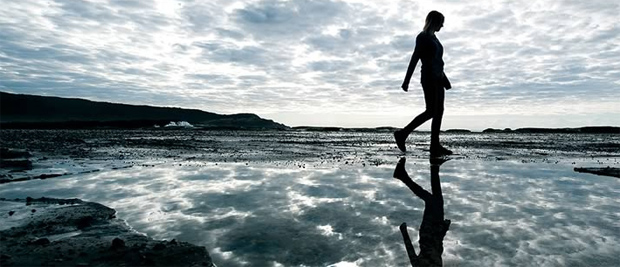
March 4, 2014
Temperatures across Australia are on average almost 1 degree C warmer than they were a century ago, with most of the warming having occurred since 1950.
And seven of the ten warmest years on record in Australia have occurred since 1998.
These are the findings of a report on observed changes in long term trends in Australia’s climate released today by the CSIRO and the Bureau of Meteorology.
Bureau Chief Executive Dr Rob Vertessy said Australia’s mean temperature had warmed by 0.9 degrees C since 1910.
“When we compare the past 15 years to the period 1951 to 1980, we find that the frequency of very warm months has increased five-fold and the frequency of very cool months has decreased by around a third,” he said.
“The duration, frequency and intensity of heatwaves have increased across large parts of Australia since 1950.
“Extreme fire weather risk has increased, and the fire season has lengthened across large parts of Australia since the 1970s.
“We have also seen a general trend of declining autumn and winter rainfall, particularly in southwestern and southeastern Australia, while heavy rainfall events are projected to increase.
“Australian average annual rainfall has increased slightly, largely due to increases in spring and summer rainfall, most markedly in northwestern Australia.”
CSIRO Chief Executive Dr Megan Clark said Australia had warmed in every State and territory and in every season.
“Australia has one of the most variable climates in the world. Against this backdrop, across the decades, we’re continuing to see increasing temperatures, warmer oceans, changes to when and where rain falls and higher sea levels,” Dr Clark said.
“The sea-surface temperatures have warmed by 0.9 degree C since 1900 and greenhouse gas concentrations continue to rise.”
The CSIRO and the Bureau of Meteorology “State of the Climate 2014” is the third report in a series and follows earlier reports in 2010 and 2012.
* * *
Temperature
- Australia’s mean surface air temperature has warmed by 0.9 degrees C since 1910
- Seven of the ten warmest years on record have occurred since 1998
- Over the past 15 years, the frequency of very warm months has increased five-fold and the frequency of very cool months has declined by around a third, compared to 1951-1980
- Sea-surface temperatures in the Australian region have warmed by 0.9 degrees C since 1900
Rainfall
- Rainfall averaged across Australia has slightly increased since 1900, with a large increase in northwest Australia since 1970
- A declining trend in winter rainfall persists in southwest Australia
- Autumn and early winter rainfall has mostly been below average in the southeast since 1990
Heatwaves and Fire Weather
- The duration, frequency and intensity of heatwaves have increased across large parts of Australia since 1950
- There has been an increase in extreme fire weather, and a longer fire season, across large parts of Australia since the 1970s
Global Atmosphere and Cryosphere
- A wide range of observations show that the global climate system continues to warm
- It is extremely likely that the dominant cause of recent warming is human-induced greenhouse gas emissions and not natural climate variability
- Ice-mass loss from the Antarctic and Greenland ice sheets has accelerated over the past two decades
- Arctic summer minimum sea ice extent has declined by between 9.4 and 13.6 per cent per decade since 1979, a rate that is likely unprecedented in at least the past 1,450 years
- Antarctic sea-ice extent has slightly increased by between 1.2 per cent and 1.8 per cent per decade since 1979
Oceans
- The Earth is gaining heat, most of which is going into the oceans
- Global mean sea level increased throughout the 20th century and in 2012 was 225mm higher than in 1880
- Rates of sea-level rise vary around the Australian region, with higher sea-level rise observed in the north and rates similar to the global average observed in the south and east
- Ocean acidity levels have increased since the 1800s due to increased CO2 absorption from the atmosphere
Greenhouse Gases
- Atmospheric greenhouse gas concentrations continue to increase due to emissions from human activities, with global mean CO2 levels reaching 395 ppm in 2013
- Global CO2 emissions from the use of fossil fuel increased in 2013 by 2.1 per cent compared with 3.1 per cent per year since 2000
- The increase in atmospheric CO2 concentrations from 2011 to 2013 is the largest two-year increase ever observed
Future Climate Scenarios For Australia
- Australian temperatures are projected to continue to increase, with more hot days and fewer cool days
- A further increase in the number of extreme fire-weather days is expected in southern and eastern Australia, with a longer fire season in these regions
- Average rainfall in southern Australia is projected to decrease, with a likely increase in drought frequency and severity
- The frequency and intensity of extreme daily rainfall is projected to increase
- Tropical cyclones are projected to decrease in number but increase in intensity
- Projected sea-level rise will increase the frequency of extreme sea-level events
The full report is available online























